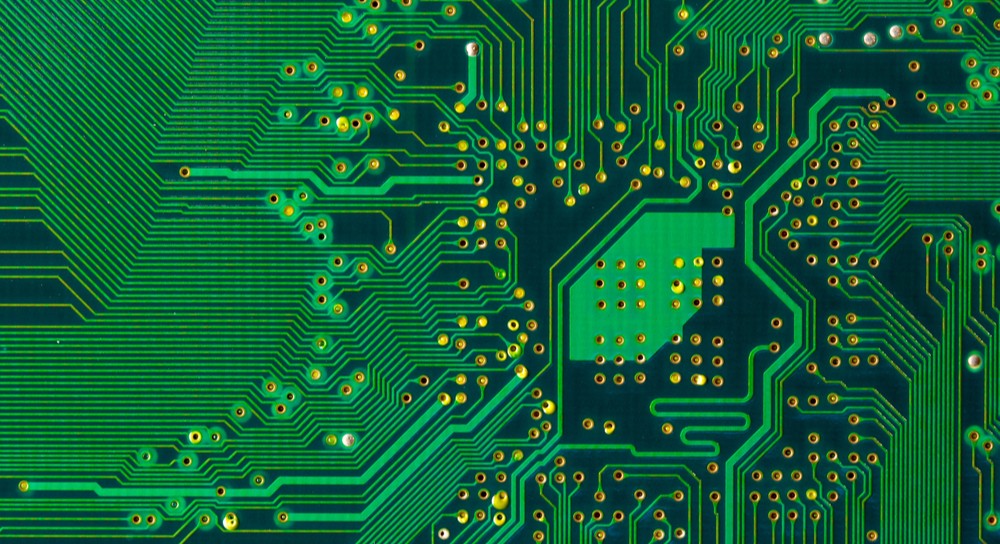DIP (Double In-line Package) is a kind of circuit assembly technology that places the front of through-hole components on the front of the FR-4 PCB, the component pins pass through the PCB, and is welded and assembled by wave soldering and other methods. The DIP process is simply the process of plug-in welding, and its stations can also be divided into plug-in, pre-furnace inspection, repair welding, foot cutting, cleaning, post-furnace inspection and auxiliary stations according to the process. In order to let you know how to better manage the DIP work and improve the production efficiency and quality of the DIP assembly line, Nordic Electronics asked the department head from the DIP department of its own factory to discuss with you the work position and work rules of our factory.

Ten guidelines for DIP plug-in:
1) Use the same method to make FR-4 PCB: the manufacturing method and plug-in sequence of each PCB are identical.
2) If there is no special order, two stations can only have one PCB at most.
3) Except for the first station and the last station, employees at other stations should keep a PCB at any time.
4) Unless otherwise specified, make one product at a time.
5) The working time of each PCB is less than 2 minutes.
6) It shall be installed from top left to bottom right.
7) After the parts in a single position are completed, count them with your fingers.
8) Classification of polar parts: polar parts are divided into (up/left) and (down/right) categories according to polarity, and are inserted by different personnel to avoid reverse polarity insertion.
9) Count first and then insert: for small and large parts, five parts shall be grouped, and the last part shall be inserted into the last position.
10) Station certification: employees can't work before they pass the training.
Solder joint peeling often occurs in through-hole wave soldering process, but also in SMT reflow soldering process. The phenomenon is that there is a fault between the solder joint and the pad. The main reason for this kind of phenomenon is that the thermal expansion coefficient of lead-free alloy is very different from that of the substrate, which leads to too much stress in the peeling part of the solder joint when it is fixed. The non-eutectic property of some solder alloys is also one of the reasons for this phenomenon. So there are two main ways to deal with this PCB problem. One is to select appropriate solder alloy; The second is to control the cooling speed so that the solder joint can solidify as soon as possible to form a strong binding force. In addition to these methods, the stress amplitude can also be reduced by design, that is, the copper ring area of the through-hole can be reduced. A popular practice in Japan is to use SMD pad design, that is, to limit the area of copper ring through green oil solder mask. However, there are two undesirable aspects of this approach. First, it is not easy to see the slight stripping; Second, the formation of solder joints between SMD pad and green oil is not ideal from the perspective of service life. Some peeling phenomenon occurs on the solder joint, which is called cracking or tearing. Some suppliers in the industry think that this problem is acceptable if it occurs on the wave peak through-hole solder joint. This is mainly because the key quality part of the through-hole is not here. However, if it occurs on reflow soldering points, it should be considered as a quality problem, unless the degree is very small (similar to wrinkling) in FR-4 PCB.